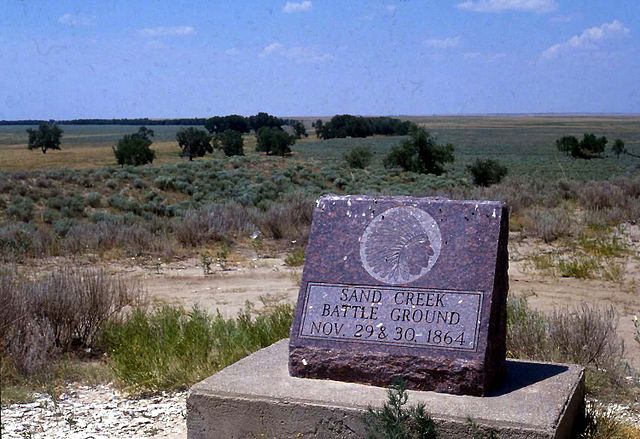Background
In the summer and fall of 1776, the Cherokee had attacked the backwoods settlements of Virginia, North Carolina, and South Carolina. The settlers had been creeping further and further into Cherokee lands and the Cherokee were fed up. The situation had been aggravated by the fact that the patriots of the area had stopped British trade goods entering through the traditional trading routes into Cherokee country at the beginning of the American Revolutionary War (ARW). However, the patriots had not yet been able to raise enough trade goods themselves to provide for the Cherokee needs. The British had been trying to help the Cherokee and keep them on the King’s side in preparation for war with backcountry Loyalists against the patriots. However, with trade slim and frustrations high, the Cherokee had struck in the early summer of 1776.
The too early strike without coordinated British help was disastrous. The new American states had responded with a ferocity that the Cherokee had not seen seen the British had cut a swath through the Cherokee towns not quite twenty years earlier in the French and Indian War. After the Cherokee strikes, the patriots organized from several approaches and destroyed town after town and all of the crops they found during the harvest season in the autumn of 1776. By the end of 1976, the Cherokee had given up everything and were nearly destitute. The calmer heads on each side had begun to make peace overtures by early 1777. The patriot states saw an opening and began the negotiations, but the progress was slow. Their goal was primarily security for their backcountry patriot settlers and a free area to operate in to control the backcountry Loyalists which the British were also actively encouraging and supplying.
George Washington Sends Nathaniel Gist
General George Washington sent Nathaniel Gist to seek peace with the Cherokee for another reason. Washington knew that he would need those backcountry patriots to keep the Loyalists at bay, but he also knew that he would eventually need them to confront the coming British extension of the war into the southern states.
Nathaniel Gist was the son of Washington’s old friend Christopher Gist who had navigated the Virginia and Pennsylvania Indian frontier with Washington in the lead up to the French and Indian War and thereafter. Nathaniel had his father’s way with frontier folk, white and Indian. He was known by the Cherokee (some said he was the father of Sequoyah, the father of the Cherokee syllabary) due to his trading activities in the Cherokee country prior to the ARW, so his approach would be especially welcomed by the Cherokee as an honest broker. Nathaniel had been recently commissioned by Washington to raise a regiment that he would command for the Continental Army. Gist probably did not want his first action to be trying to quell an ongoing Cherokee rebellion in the south, so he had personal incentive to make peace as well.
Washington wanted Nathaniel Gist to recruit rangers and scouts from the Cherokee in return for peace. This was probably designed to have the Cherokee warriors act as allied working hostages. Having them in patriot control during the war would be a great help in keeping the area at peace, but also to make the most of their local knowledge to keep the British agents and Loyalists at bay. When Gist arrived in the Overhill Cherokee country, he made it clear to the Cherokee that the patriots would continue their war in Cherokee country if the Cherokee did not make some concessions and agree to rebuff British and Loyalist approaches for help.
Although the British Agent Alexander Cameron tried to convince the Overhill Cherokee that the peace overtures by Nathaniel Gist were a trick, the Cherokee eventually made it to the peace conference with the Virginians. The Carloinians were holding peace conferences further south with the Lower and Middle town Cherokee at roughly the same time. By the summer of 1777, the Cherokee had gained few concessions from the patriots, but had secured peace by giving up some land, turning in known Loyalists, and breaking contact with the British. In return, they received assurances that no more Cherokee land would be sought and that the patriots would keep the frontier settlers in order. Of course, in such a fractious time, both sides reneged on particulars through the rest of the ARW. However, the patriots had secured what mattered most to them — a secure backcountry south of Kentucky. This was especially helpful to the irregular patriot forces that harried the British in the Carolinas and eventually forced the British to move north to Yorktown. The rest is history, as they say, but so was this little vignette about Nathaniel Gist.
